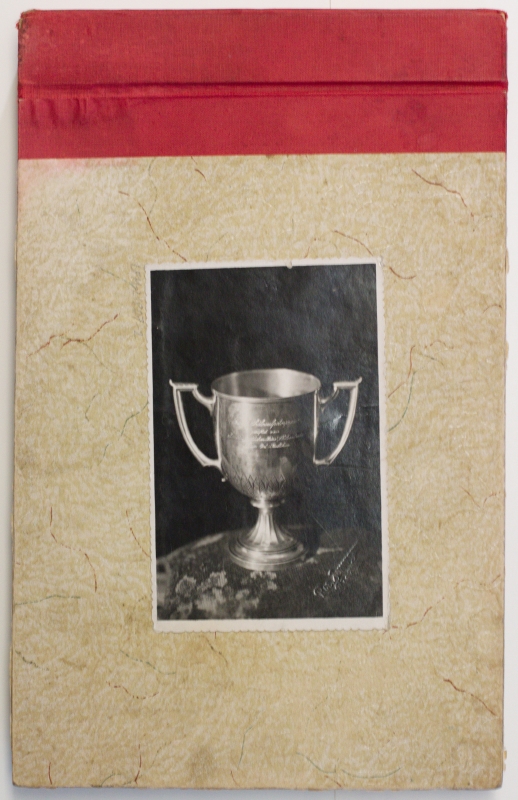The photo album necessitates in-depth research and contextualisation. Unlike the analysis of single examples of photographic images, when researching photo albums it is important to establish what the purpose of creating the object is, what the principles of selecting the photographs are, and ask whether it is an individual or collective process, private or public. The relationship between the medium of photography and the culture of memory is inevitable. Photo albums are like “time capsules” where collected photos, written testimonials, and other attributes interact and convey the narrative of the album’s creator. Furthermore, photo albums, as deliberate repositories of memories, bring together a subjective arrangement of moments from the past into a single volume that can be perused.
The exhibition The Photo Album – A Subjective Narrative explores private photo albums made by Latvian photographers of the first half of the 20th century. Each album provides an insight into each photographer’s area of creative practice, which has remained largely unknown to the public, as well as into their use of the photographic medium. As professional photographers, Vilis Rīdzenieks (1884 – 1962), Alfrēds Polis (1894 – 1975), and Roberts Johansons (1877 – 1959) fervently utilised photo albums to collect, systematise, and cherish something they were interested in, a hobby or a passion, in parallel to their commercial commissions and artistic practice. For example, Rīdzenieks showed his love for dogs in his photo album, while Polis, through creating a private visual story reflects on his love for his wife Helen, travel, and the modern lifestyle of the 1920s and 1930s. Johansons, on the other hand, collected portraits of Latvian and international athletes and strongmen in several photo albums. These albums are like isolated islands that have existed in separation and may not have been extensively explored in the history of art due to their hybrid status. The aim of the exhibition is to contextualise the albums and to show their inextricable connection to the creative and professional practice of photographers, as well as their private lives.
Participants: Roberts Johansons (1877-1959, LV), Alfrēds Polis (1894-1975, LV), Vilis Rīdzenieks (1884-1962, LV)
Curator: Baiba Tetere (LV)




